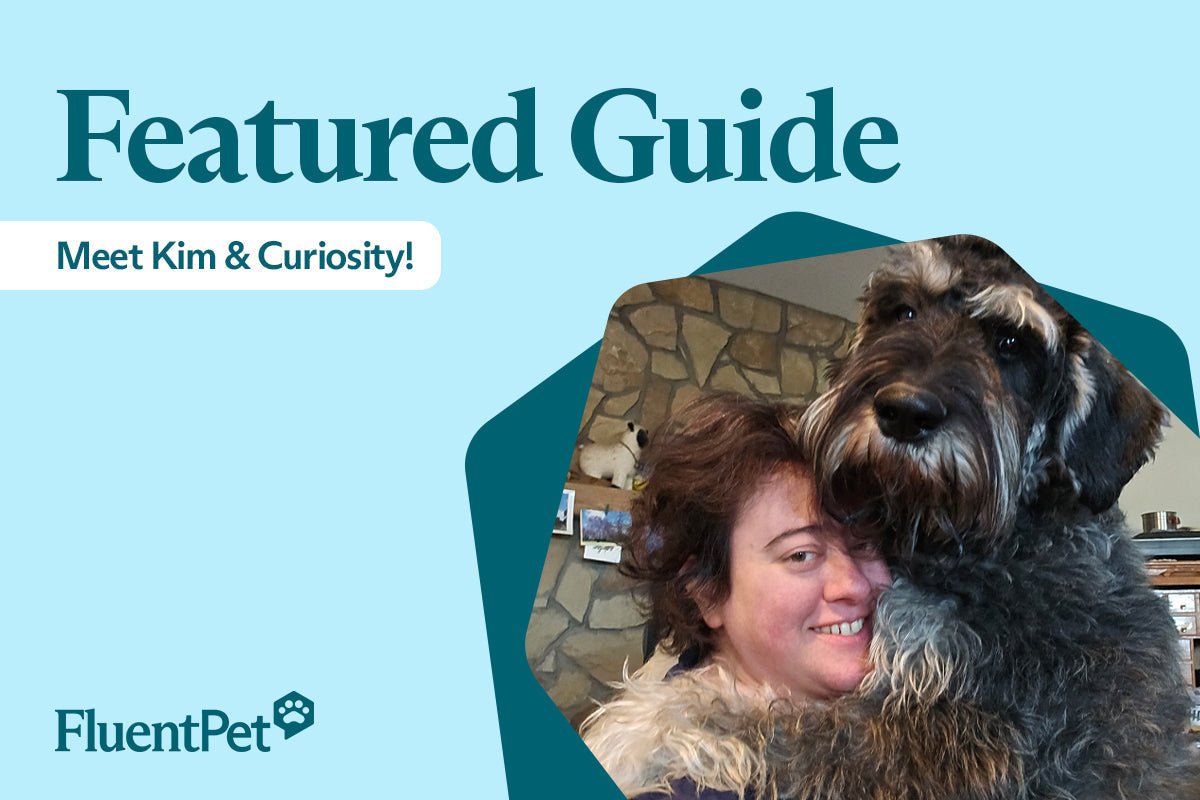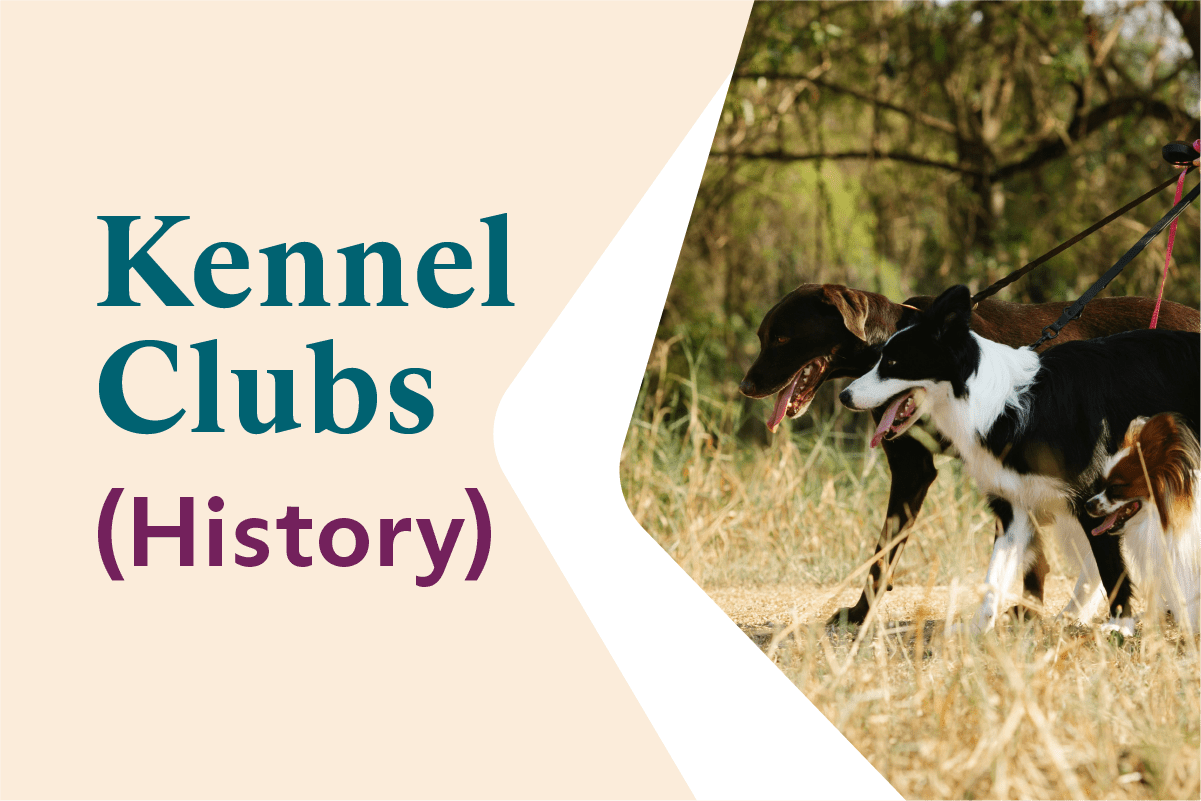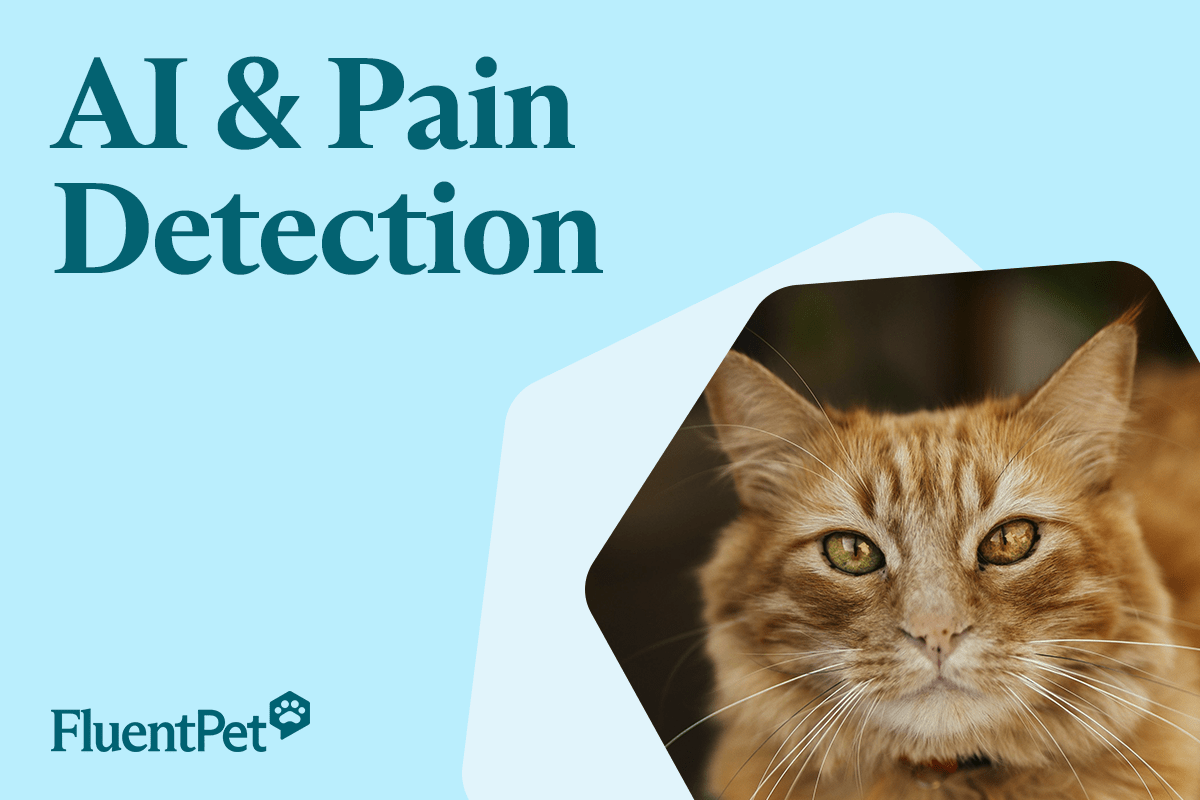Q. Who is/are this/these learners of yours?

Curiosity is a 2 year old pepper and salt giant schnauzer I got as a puppy. He’s trained to alert to low cortisol for my adrenal insufficiency, but most of the time he’s just my best friend and a really good farm dog. He’s taught himself things like opening doors and turning on faucets, and I’ve added more things like having him put items in the washer, so living with him is kind of like having a really helpful spare set of hands. He just wants a job to do, so I've given him lots of jobs on top of always being on the lookout for that low cortisol smell.
Q. How long did it take for them to press their first button?
 Curiosity is very true to his name and will investigate and interact with anything new. It was seconds between setting down his first button and him pressing it.
Curiosity is very true to his name and will investigate and interact with anything new. It was seconds between setting down his first button and him pressing it.
![]() Q. What have the buttons revealed about your learners that you wouldn’t have known without the buttons?
Q. What have the buttons revealed about your learners that you wouldn’t have known without the buttons?
 I expected Curiosity to ask for endless treats, but he’s actually more interested in training games, play, and his treadmill than food and snacks. He also thinks about far away friends a lot and asks for them. He leaps in the air and sings if we video call whoever asks for. I just recently gave him a button for brushing and have been really surprised that he asks for and enjoys being brushed. I thought he didn’t like it, but he just needs to be in the mood for it and request it himself.
I expected Curiosity to ask for endless treats, but he’s actually more interested in training games, play, and his treadmill than food and snacks. He also thinks about far away friends a lot and asks for them. He leaps in the air and sings if we video call whoever asks for. I just recently gave him a button for brushing and have been really surprised that he asks for and enjoys being brushed. I thought he didn’t like it, but he just needs to be in the mood for it and request it himself.

Q. What do you do to ensure the buttons remain an engaging and positive experience for your learner over time?
 I try to always respond to him, even if I can’t give him what he wants in that moment. Once I had been ignoring his pleas for food. He started sobbing and pressed, “Kim no concerned,” which just broke me. I don’t ever want my dog to think I don’t care about what he perceives as a problem. Now, even if I can’t do what he wants, I always respond to his presses. I also walk over to the board and ask him to “use your words” if he’s crying, excited, or just seems like he might have something to say.
I try to always respond to him, even if I can’t give him what he wants in that moment. Once I had been ignoring his pleas for food. He started sobbing and pressed, “Kim no concerned,” which just broke me. I don’t ever want my dog to think I don’t care about what he perceives as a problem. Now, even if I can’t do what he wants, I always respond to his presses. I also walk over to the board and ask him to “use your words” if he’s crying, excited, or just seems like he might have something to say.
Q. What’s your funniest button moment?

I had been in the hospital, and my folks were staying with me for a bit. My mom doesn’t like dogs. Curiosity took that personally and asked her to leave, “want friend no inside.” I’m pleased to report they have worked on their relationship and he now asks for scritches from her and she sometimes even lets him lick a plate clean. My family now jokes about “want friend no inside” when someone needs to leave.
Our next funniest was long ago, before we had cameras pointing at the buttons to catch these moments. This was actually the moment that made me buy cameras! I had just introduced 3 new buttons, all done, later, and now, so I was trying to use those words more to model for him. I told him, “Now Kim potty.” Then I went to the bathroom and pooped. As I was washing my hands, I told him, “All done Kim potty! Yes! Kim potty all done!” He ran to his board around the corner and pressed, “Potty inside bad,” and then just stared at me. I made a cup of tea and sat down to try to explain to him as best I could that people potty inside is good, people potty outside is bad, dog potty inside is bad and dog potty outside is good.

Want buttons like Curiosity?
He use FluentPet Connect Buttons with HexTiles.
Q. What’s your most surprising button moment?

We have had a few!
Early on, Curiosity had only 4 buttons, outside, treats, play, and treadmill. I didn’t give him a walk button because it was below freezing outside with blowing snow, and I wanted to be able to say “Yes,” to him. I was not about to go for walks in a blizzard. We were only a few days into our button journey and he started asking for, “treadmill outside,” and then running to his leash. Even without a “walk” button he figured out how to say he wanted a walk. That was the moment I knew we were in it for life and ordered a huge package of more buttons for him.
Another big surprise has been his sense of equality and fairness. If my senior dog is sleeping but he gets a treat, he will ask for her to get one too. However, if she is being naughty and stealing his food, he will run to use his buttons to draw my attention to the problem and save his food bowl from her.
Our last one is both surprising and really funny. Curiosity it seems will lie to protect my feelings. He told me my gas stinks, “Bad. Now smell potty.” After that, I started saying that to him every time he passed gas. He seemed upset, and I didn’t want him to think he was in trouble, so I stopped saying “Bad,” and just said, “Now smell potty.” Then it was my turn again to fart, and he told me, “Smell good.” I assure you, it did not smell good. Since then, we just ignore one another’s gas and don’t shame anyone for their stink. I’m still just shocked at the idea that he would lie to protect my feelings.
Q. What challenges have you faced with button teaching?

The biggest challenge we have had is the size of his paws and how clumsy he is. Hind end awareness exercises had not helped him. It took him until he was almost a year old just to be coordinated enough to manage a flight stairs without tripping. Although it was hard when he would accidentally hit a bunch of buttons with one big paw press, his desire to communicate effectively has overall helped him learn where he is in space. I space his buttons out further now to help him, but he’s also learned to be gentler in his movements and more aware of his own body.
Buttons have actually helped us a lot. Schnauzers of all sizes are a rather vocal dog breed. Since we got buttons, he barks, howls, and cries a lot less. There have actually been several instances where he called me, “Kim come come come” and only after I didn’t come to button presses did he start howling.

Q. How do you decide when to introduce a new word to your learner?

Curiosity seems to learn new buttons faster than I can provide them! I usually give him words when he demonstrates he understands them. If I tell him I need to work in the garage, he runs to the door. Garage will probably be his next location button and now that he likes my parents and they visit more, their names will also be new buttons soon.
My rule is mostly that a word needs to be something he seems to understand or something new to introduce, like adding medicine the first time he was on medicine.
Curiosity swears a lot. Unplesant things are “bad,” but if he’s really upset, everything is “potty.” He particularly likes saying that “bedtime (is) potty” when he really needs a nap! He has also called me a “bad butt” and a “bad friend” when mad at me. My friends keep telling me he needs real swear words, but since I don’t swear around him, he wouldn’t know how to use them appropriately.
Q. How have buttons changed your relationship with your learner?
 Buttons completely changed my relationship, not just with Curiosity, but with all the animals I interact with. I was raised with dominance theory and that dogs just live in the moment, have no concept of time, only offer conditioned responses to stimuli, and don’t have real emotion. Now I view all animals much more as equals. I’m much less interested in traditional obedience training now and more interested in relationship building and how I can offer him more agency.
Buttons completely changed my relationship, not just with Curiosity, but with all the animals I interact with. I was raised with dominance theory and that dogs just live in the moment, have no concept of time, only offer conditioned responses to stimuli, and don’t have real emotion. Now I view all animals much more as equals. I’m much less interested in traditional obedience training now and more interested in relationship building and how I can offer him more agency.
Q. What advice would you give to others who are interested in teaching their learners to use buttons?

Jump in with both feet. Figure out what matters most to your pet and make those the first words. Scritches, treats, play, just whatever matters to them. I bought our first buttons just because Curiosity broke our strap of bells at the back door. I figured if he could learn to ring a bell, he could learn to press a button for potty, and anything beyond potty would be a cool bonus. Buttons have become so, so much more for us, and each button we add just deepens our relationship with that enhanced communication.
The other important thing is to give them time. Often, Curiosity will use a new word within a minute of me placing the button, but not always. Sometimes a button can sit for six months and suddenly he starts using it. It isn’t about what buttons you want your learner to press but about their choices on how to use their buttons to communicate.
And sometimes they just need more time. My senior dog didn’t seem remotely interested in button use, so I didn’t push it. Curiosity only used the buttons and then 11 months later my senior dog at 12 years old suddenly started using the buttons. She didn’t just use one or two, but the entire board of about 60 buttons. Don’t think just because they’re not pressing buttons right away that they aren’t paying attention and learning. Your pets are always watching and learning about you, your language, your mannerisms, your schedule, and the entire world you share




Leave a comment
This site is protected by hCaptcha and the hCaptcha Privacy Policy and Terms of Service apply.